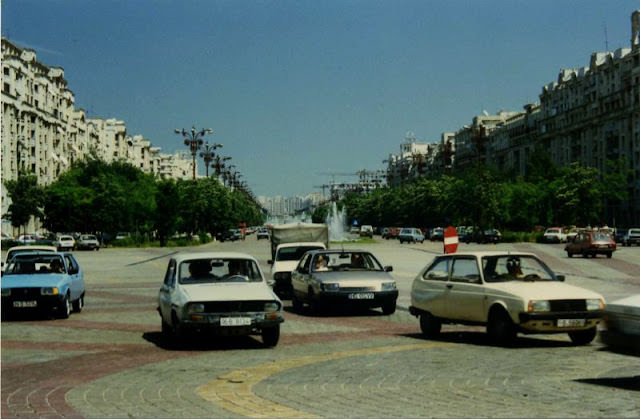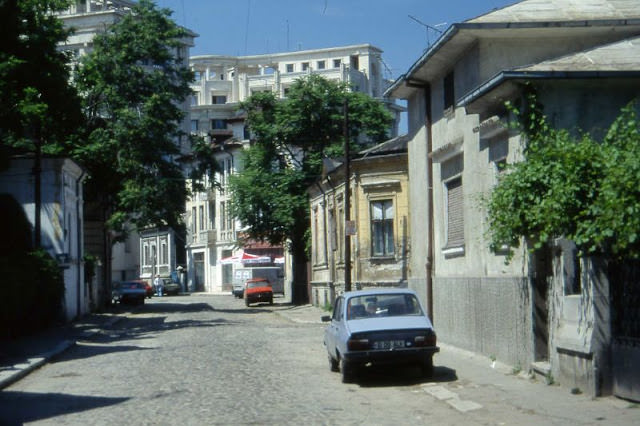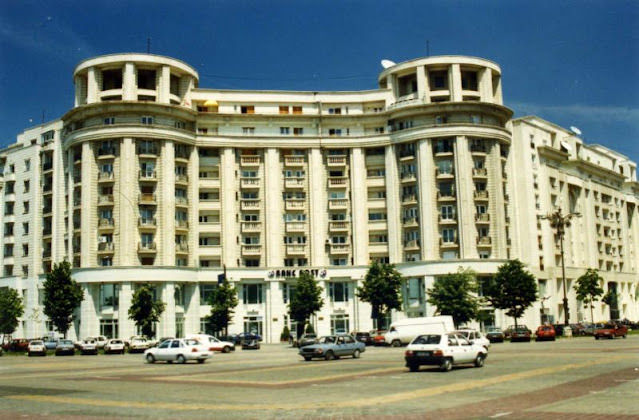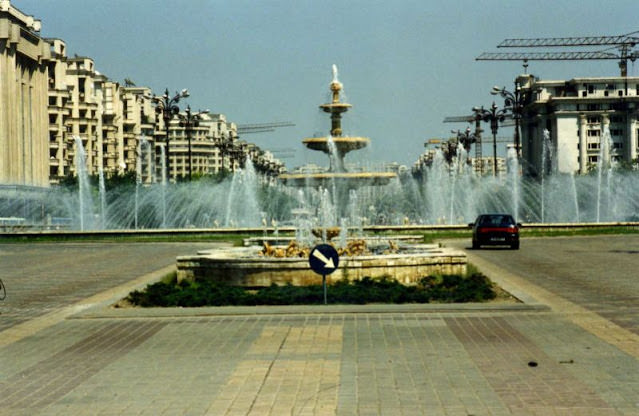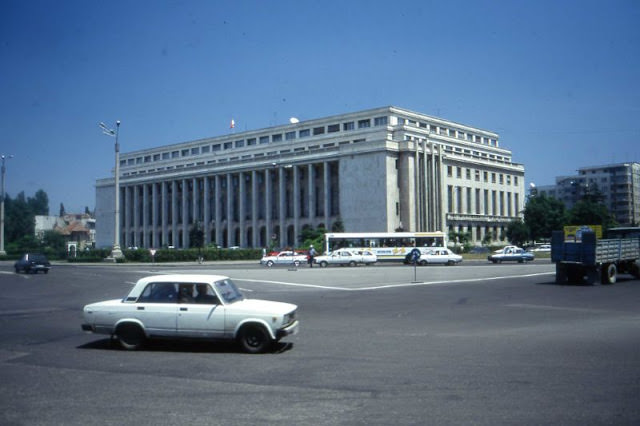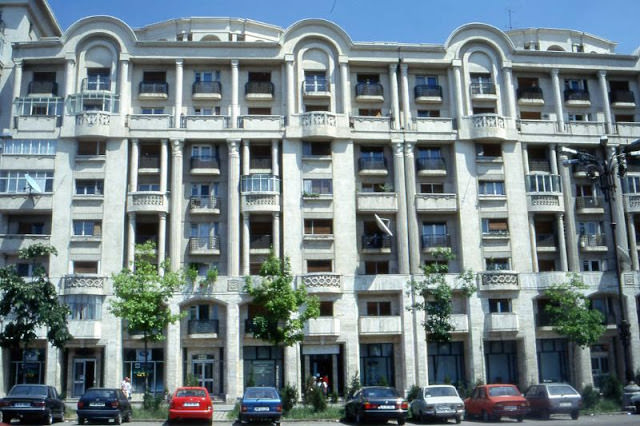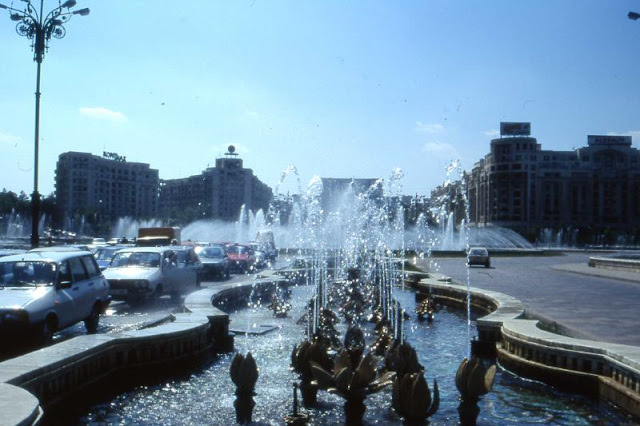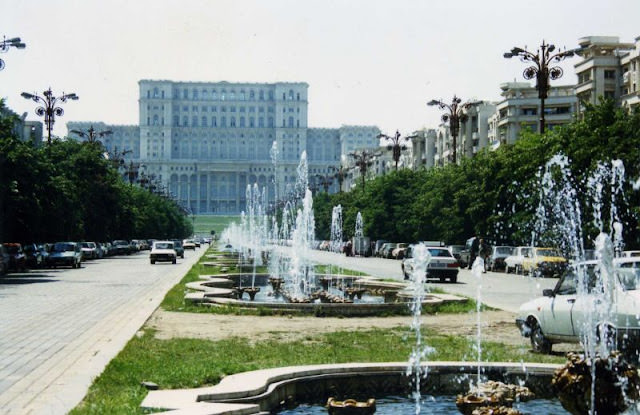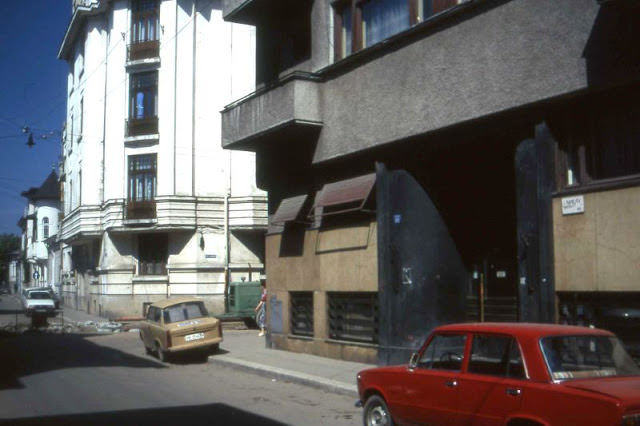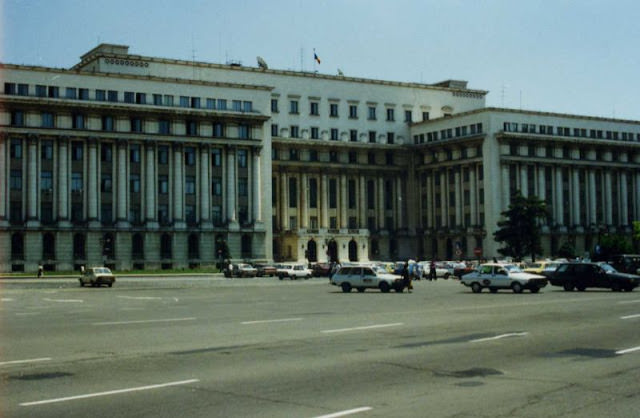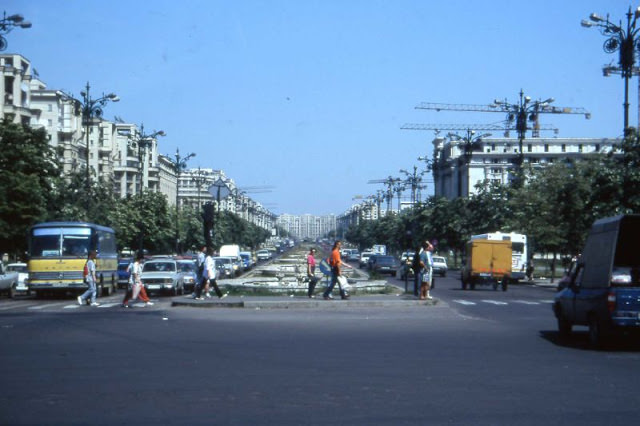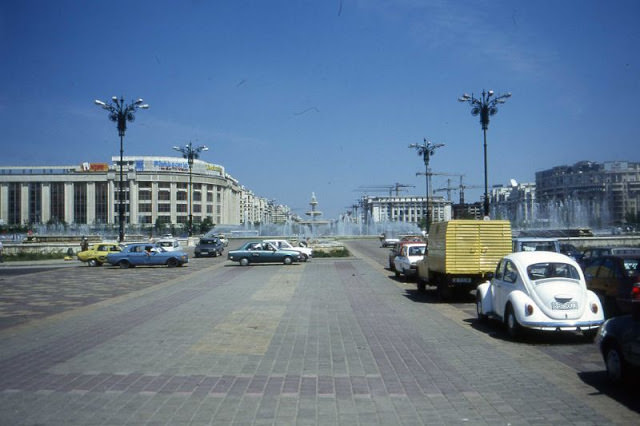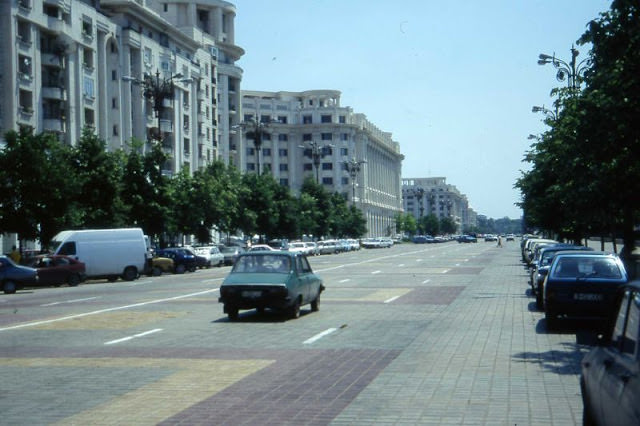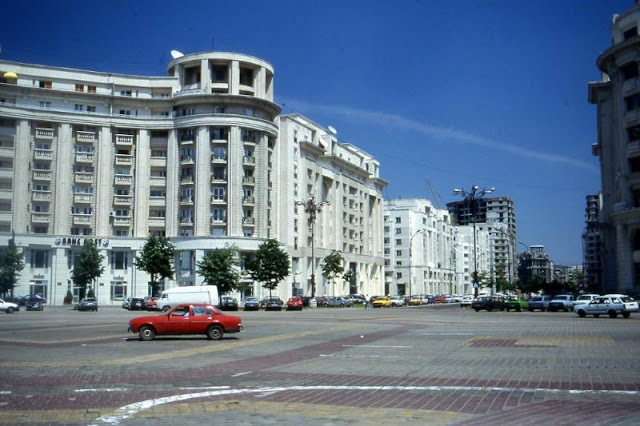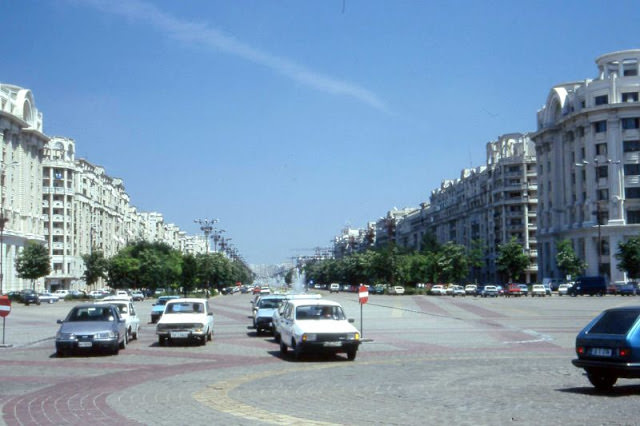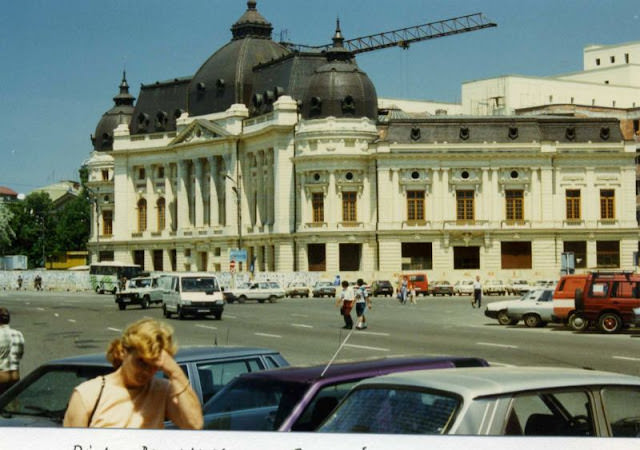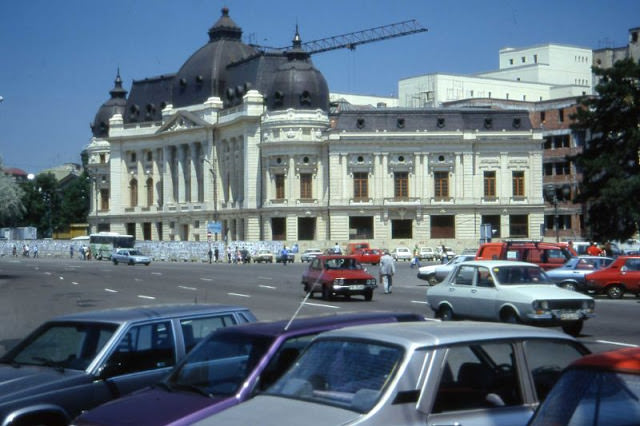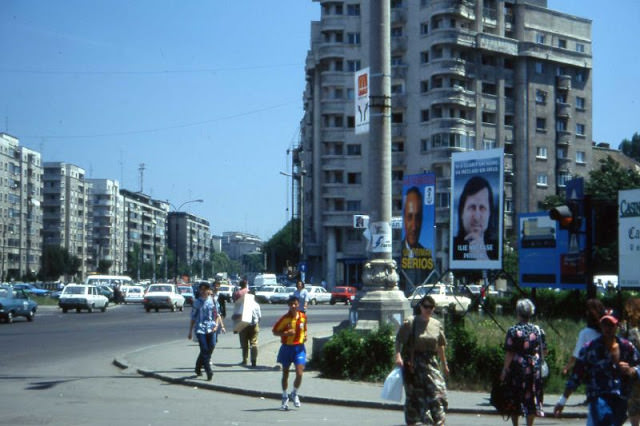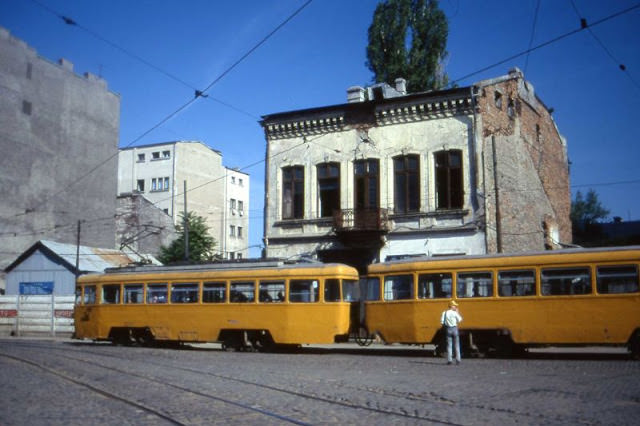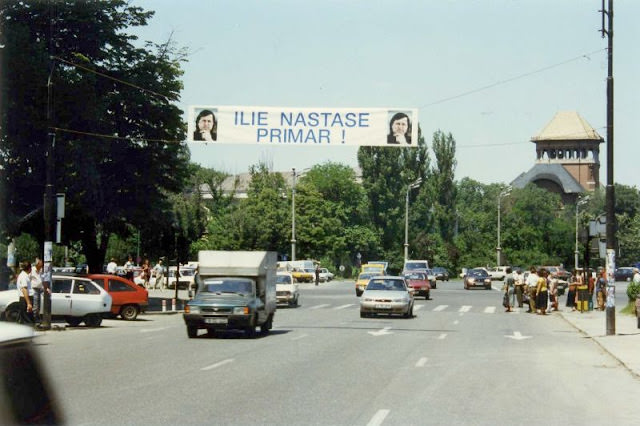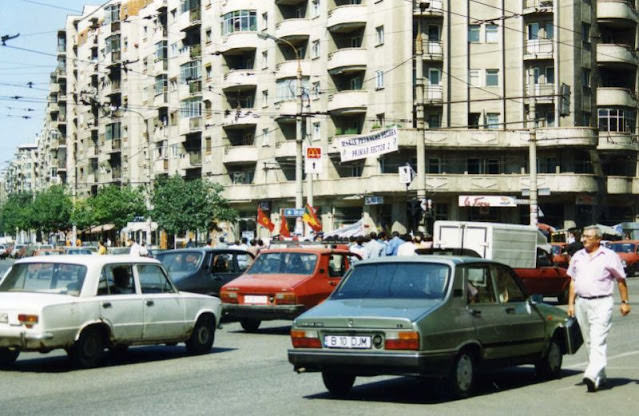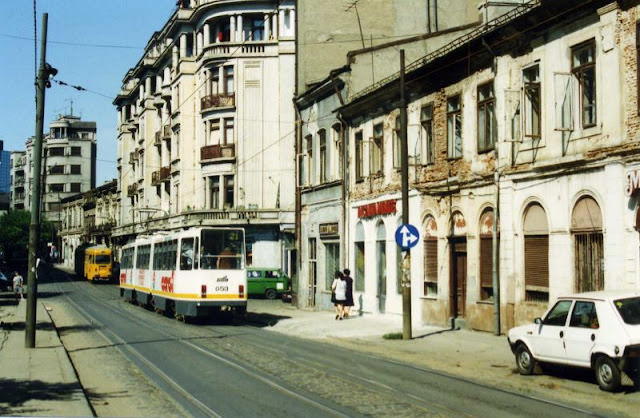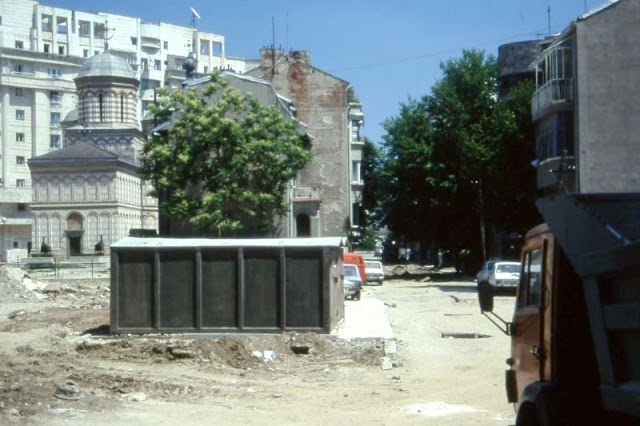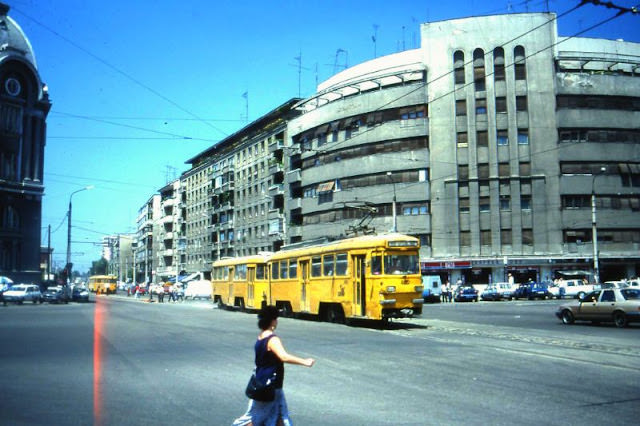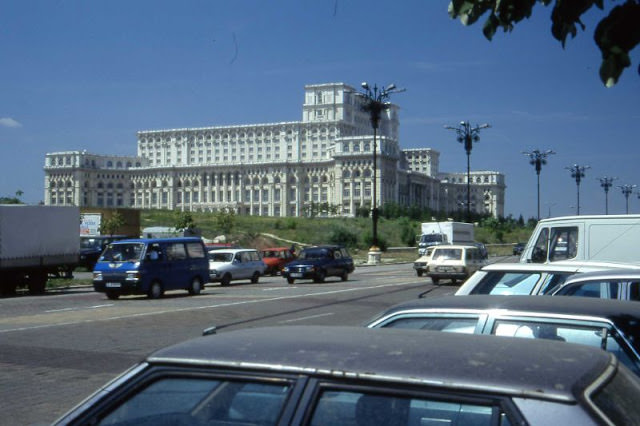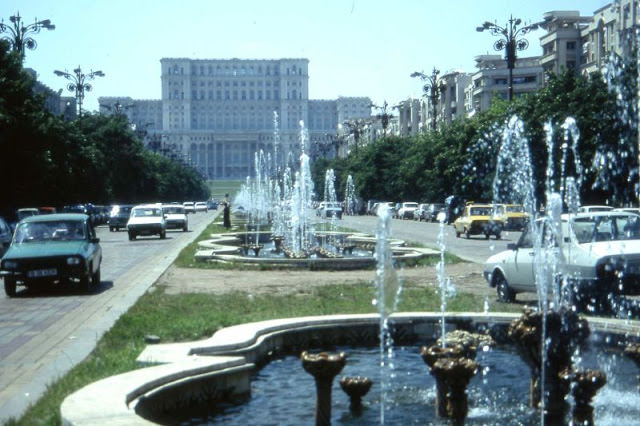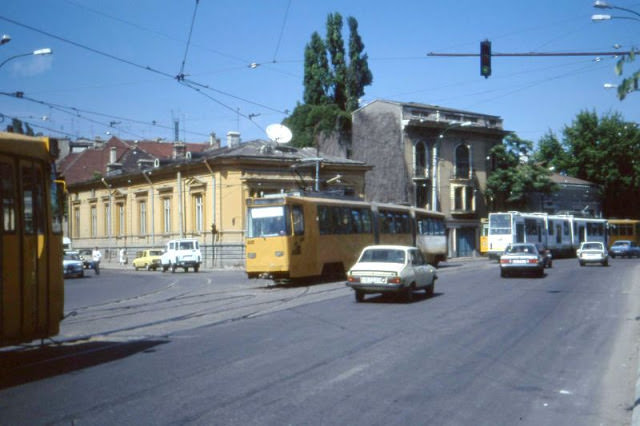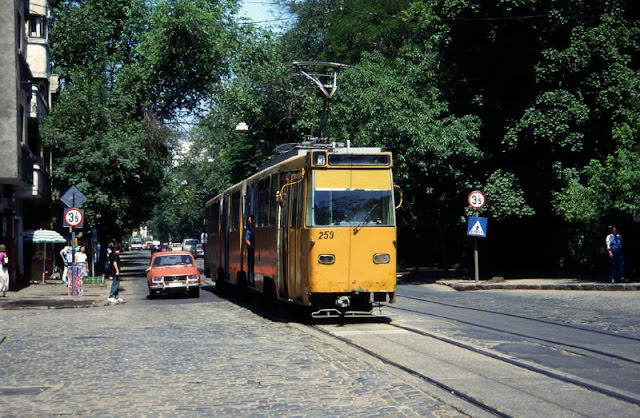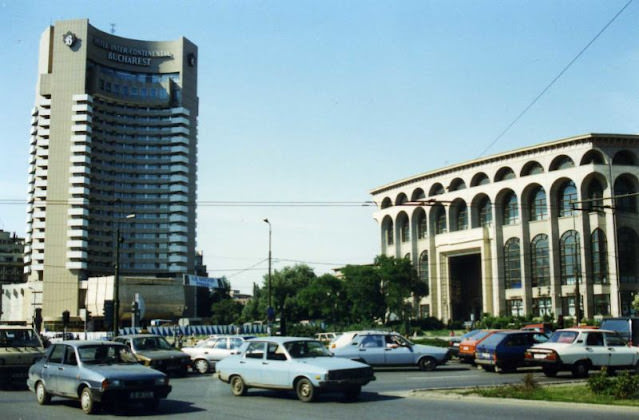The 90s in Bucharest began with the echoes of the 1989 revolution still ringing loud. Bucharest bore the physical scars of the struggle, with burnt-out buildings in Revolution Square serving as constant reminders of the past. Protests and demonstrations continued as various factions vied for power in the nascent democracy. The violent “Mineriad” incident of 1990, where coal miners were brought in to quell student protests, highlighted the fragility of the new order.
Economic Hardships
The transition to a market economy proved challenging. Shortages of basic necessities like food and medicine were common. Long lines snaked through the city as Romanians waited to purchase essentials. Factories shuttered, leaving many unemployed. The grand communist-era buildings stood in stark contrast to the lived experience of many Bucharest residents.
A Cultural Awakening
Despite the hardships, the 1990s witnessed a vibrant cultural awakening. Artists, writers, and musicians who had been stifled under the dictatorship found their voices again. Underground cafes and independent bookstores became hubs for intellectual discourse and artistic expression. Bucharest’s nightlife scene flourished, with new bars and clubs offering a stark contrast to the staid entertainment options of the past.
A City Redefining Itself
The architectural landscape of Bucharest also began to change. Grand, neoclassical buildings from the early 20th century were slowly restored to their former glory. Western influences seeped in, with fast-food chains and international brands appearing for the first time. The once-omnipresent propaganda posters were replaced with advertisements, reflecting the city’s growing connection to the global market.


